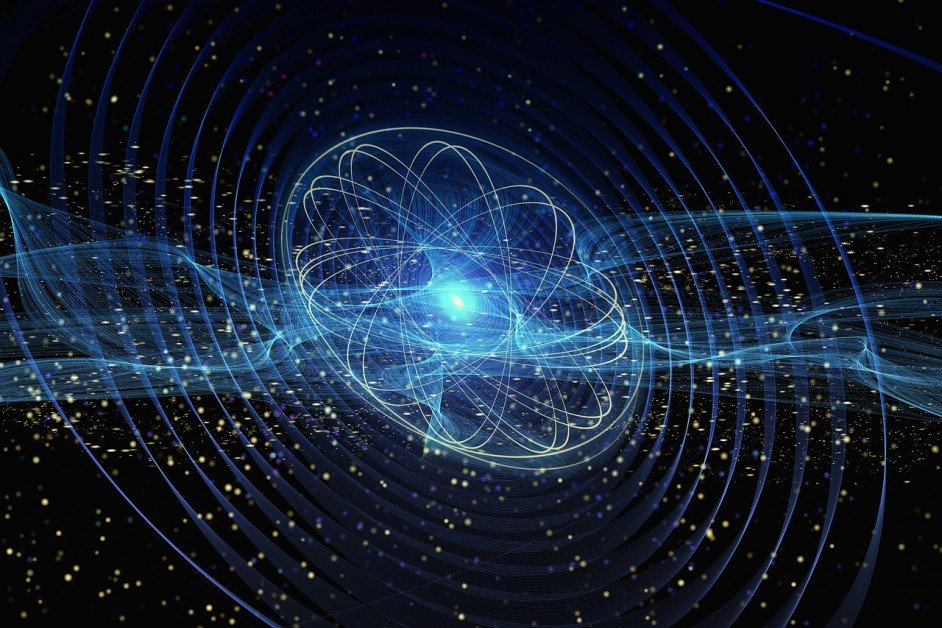Quantum Computing
Newly Discovered Magnetic Behavior Could Lead to Next-Gen Quantum Devices

Scientists out of the U.S. Department of Energy’s (DOE) Argonne National Laboratory have discovered magnetic behavior that could lead to new quantum devices. The team achieved quantum coupling between two distant magnetic devices, which can host a specific type of magnetic excitations called magnons that occur when an electric current generates a magnetic field. By coupling these magnetic devices, magnons can exchange energy and information, which could be used to create new quantum technology devices.
The research was published in Physical Review Letters.
Advancing Magnetism and Quantum Devices
The new development carries forward the field of magnetism, which has been the driving force behind many important discoveries, such as those involving MRI machines and computer hard disk storage.
Valentine Novosad is an Argonne senior scientist and author of the study.
“Remote coupling of magnons is the first step, or almost a prerequisite, for doing quantum work with magnetic systems,” Novosad said. “We show the ability for these magnons to communicate instantly with each other at a distance.”
This instant communication can take place without requiring sending a message between magnons limited by the speed of light.
The researchers built upon a 2019 study where they developed a system that would enable magnetic excitations to talk to each other at a distance in a superconducting circuit, which could enable magnons to form the basis of a type of quantum computer. However, such a viable quantum computer would require the particles to be coupled and stay coupled for a long period of time.
Achieving Strong Coupling Effect
The team set out to achieve this strong coupling effect by building a superconducting circuit. They used two small yttrium iron garnet (YIG) magnetic spheres embedded on the circuit. The material supports magnonic excitation and results in efficient and low-loss coupling for the magnetic spheres.
The researchers achieved strong coupling between the two spheres, even at a distance of just a centimeter, by magnetically coupling the two spheres to a shared superconducting resonator in the circuit.
Yi Li is an Argonne materials scientist and lead author of the study.
“This is a significant achievement,” Li said. “Similar effects can also be observed between magnons and superconducting resonators, but this time we did it between two magnon resonators without direct interaction. The coupling comes from indirect interaction between the two spheres and the shared superconducting resonator.”
One of the significant developments of the new study, when compared to the one in 2019, is that there was a longer coherence of the magnons in the magnetic resonator.
“If you speak in a cave, you may hear an echo,” Novosad said. “The longer that echo lasts, the longer the coherence.”
“Before, we definitely saw a relationship between magnons and a superconducting resonator, but in this study their coherence times are much longer because of the use of the spheres, which is why we can see evidence of separated magnons talking to each other,” Li continued.
Li says that the study could lead to miniaturized quantum devices due to the magnetic spins being so highly concentrated in the device.
“It’s possible that tiny magnets could hold the secret to new quantum computers,” Li concluded.











